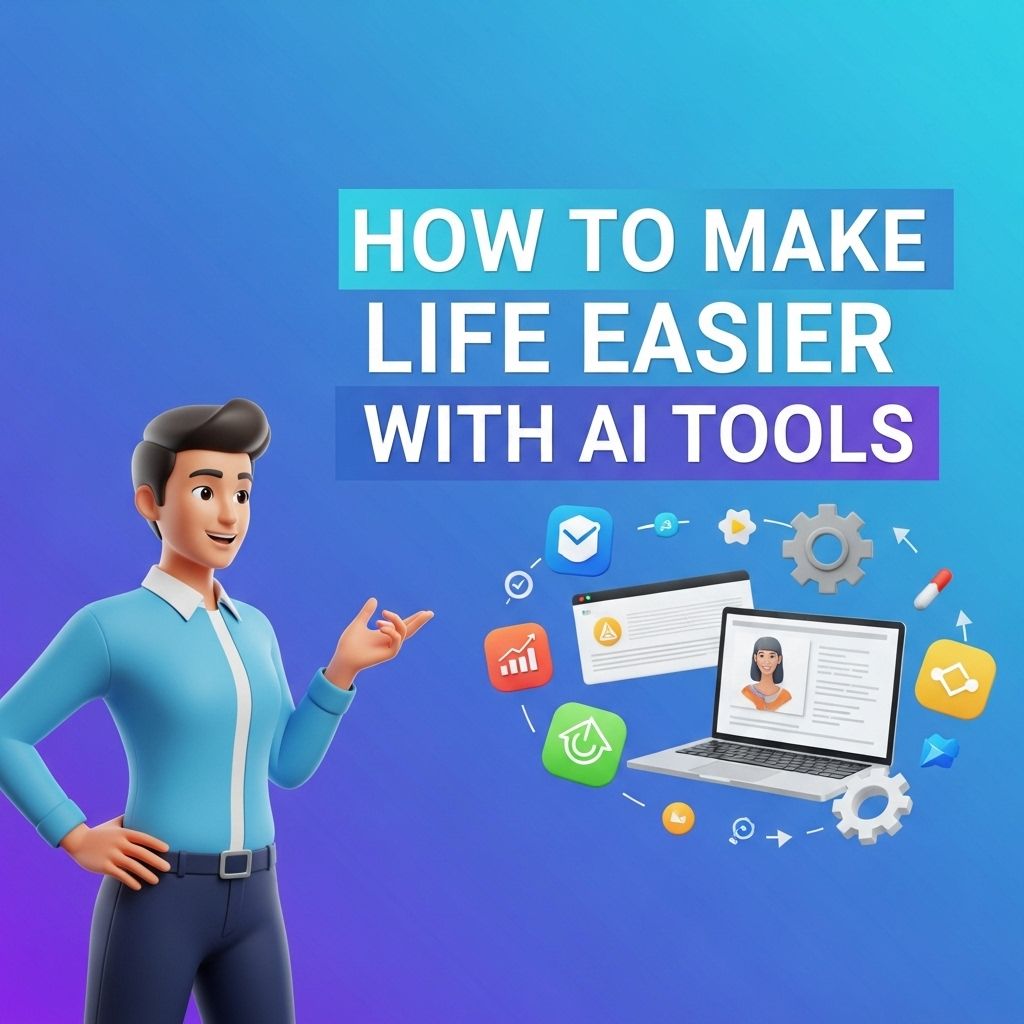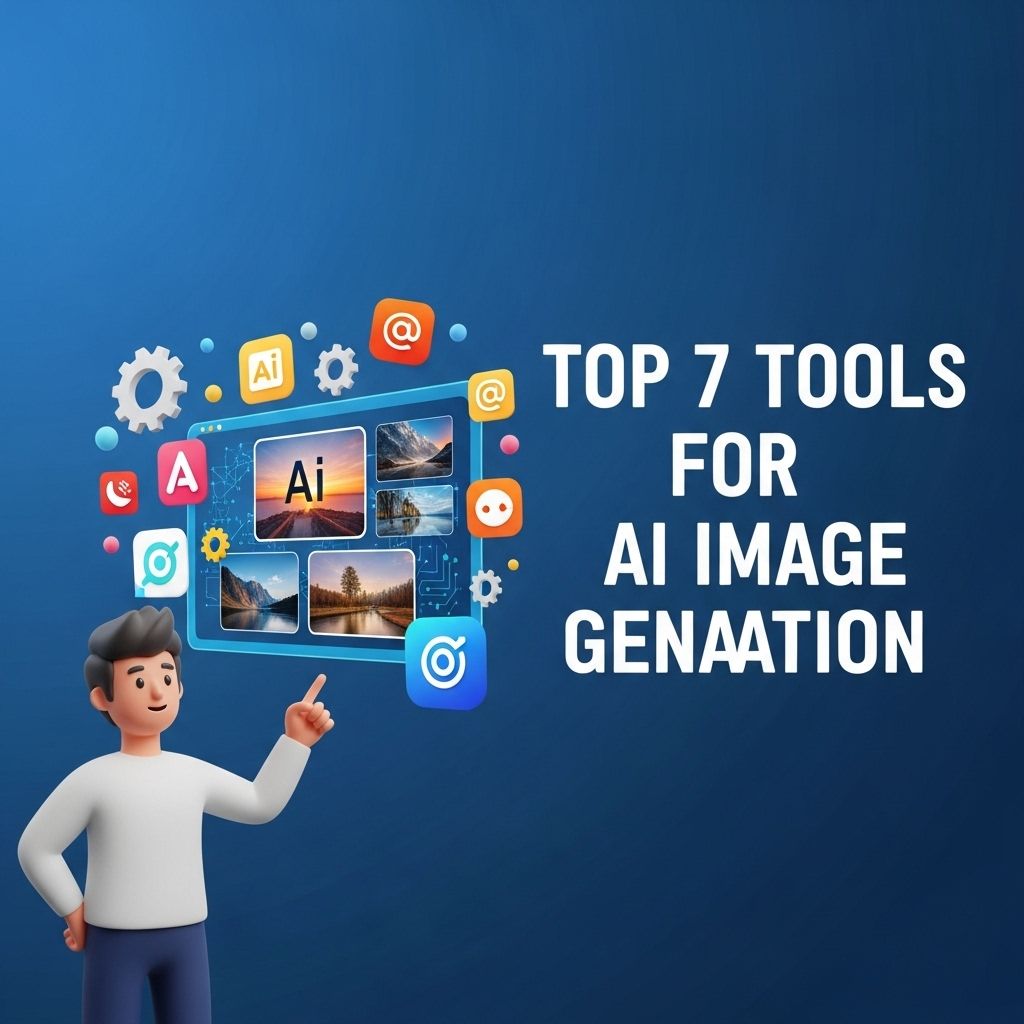As software development continues to evolve, the integration of artificial intelligence (AI) into the bug fixing process has become increasingly pivotal. In 2025, the landscape of bug fixing will be defined by innovative strategies that leverage machine learning, automation, and collaboration between human developers and AI systems. This article delves into the best practices and techniques that developers can adopt to effectively utilize AI for bug fixing, ensuring more efficient workflows and enhanced software quality.
The Rise of AI in Software Development
The advent of AI technologies has transformed the software development lifecycle. Companies are now able to harness machine learning algorithms to analyze vast amounts of data, identify patterns, and predict potential bugs before they manifest in production. This proactive approach not only saves time but also reduces costs associated with late-stage bug fixes.
Key Benefits of AI in Bug Fixing
- Increased Efficiency: AI tools can automate routine debugging tasks, allowing developers to focus on more complex issues.
- Enhanced Accuracy: AI systems can offer precise recommendations based on historical data, leading to more accurate bug resolution.
- Predictive Analysis: Machine learning models can predict potential issues based on code changes, enabling early interventions.
Top AI Strategies for Bug Fixing in 2025
1. Automated Code Reviews
Automated code review tools powered by AI can analyze code submissions for common errors and anti-patterns. These tools scan for coding standards, best practices, and potential vulnerabilities, providing developers with immediate feedback. By integrating these tools into the CI/CD pipeline, teams can catch bugs early in the development process.
2. Intelligent Debugging Tools
Intelligent debugging tools utilize natural language processing (NLP) to help developers identify the root cause of bugs. These tools can analyze code, logs, and documentation, offering insights into where the bug originated and suggesting possible solutions. Some of the advanced debugging tools can even simulate the execution of code to visualize the bug’s impact.
3. Machine Learning-based Predictive Models
Developers can implement machine learning models that predict which parts of the codebase are most likely to contain bugs. This approach involves training models on historical bug data, allowing the AI to learn from previous patterns. With such predictive capabilities, developers can prioritize their testing efforts and allocate resources to high-risk areas.
4. Collaborative AI Development Assistants
AI development assistants are becoming essential tools for developers. These assistants can suggest code snippets, identify bugs, and even propose fixes based on the context of the code. By integrating with IDEs, these assistants can streamline the debugging process and enhance developer productivity.
5. Enhanced Testing Frameworks
Testing frameworks equipped with AI capabilities can dynamically adapt their testing strategies based on the code being tested. These frameworks can identify test cases that are likely to uncover bugs and prioritize them during the testing phase. Here are some of the features:
| Testing Feature | Description |
|---|---|
| Smart Test Case Generation | Generates test cases based on code analysis and historical bug patterns. |
| Automated Test Prioritization | Ranks test cases based on their likelihood of finding bugs. |
| Continuous Learning | Improves over time by learning from past testing outcomes. |
Integrating AI into Existing Workflows
Implementing AI strategies into established workflows requires careful planning and consideration. Here are key steps to seamlessly integrate AI for bug fixing:
- Assess Current Processes: Identify the current bug fixing workflows and determine where AI can add value.
- Select the Right Tools: Choose AI tools that align with your team’s needs and technological stack.
- Train Team Members: Provide training sessions for developers to familiarize them with AI tools and their functionalities.
- Monitor and Adjust: Regularly review the effectiveness of the AI implementations and make necessary adjustments.
Future Trends in AI Bug Fixing
As the field evolves, new trends are likely to emerge that will further enhance the bug fixing process:
1. Increased Use of Reinforcement Learning
Reinforcement learning techniques can be leveraged to develop AI that learns optimal debugging strategies over time through trial and error. This can lead to more effective and efficient bug resolution processes.
2. Blockchain for Bug Tracking
Blockchain technology offers potential in securely tracking changes in the codebase and their associated bugs, promoting transparency and collaboration among development teams.
3. Integration of AI with DevOps Practices
As DevOps continues to gain traction, integrating AI into DevOps practices can enhance the speed and reliability of software delivery. AI can assist in monitoring system health and automatically responding to bug reports as they occur.
Conclusion
In 2025, leveraging AI for bug fixing will be a game changer in software development. By adopting advanced strategies and tools, developers can enhance their workflows, reduce the time spent on debugging, and ultimately deliver higher quality software. As technology continues to advance, remaining at the forefront of AI integration will be crucial for success in an increasingly competitive landscape.
FAQ
What are the top AI strategies for bug fixing in 2025?
In 2025, the best AI bug fixing strategies include automated code analysis, machine learning-based predictive debugging, and AI-driven testing frameworks that can identify and resolve bugs more efficiently.
How does AI improve the bug fixing process?
AI enhances the bug fixing process by utilizing pattern recognition to quickly identify issues, suggesting fixes based on historical data, and automating repetitive debugging tasks, thereby reducing time and effort for developers.
What role does machine learning play in bug fixing?
Machine learning algorithms analyze vast amounts of code and previous bug reports to predict potential bugs and recommend solutions, making the debugging process faster and more accurate.
Can AI completely replace human developers in bug fixing?
While AI can significantly assist in bug fixing, it is unlikely to completely replace human developers, as complex problem-solving and creative thinking are still essential for effective debugging.
What are the challenges of using AI for bug fixing?
Challenges include the need for high-quality training data, potential biases in AI models, and the importance of human oversight to ensure that AI-generated fixes do not introduce new bugs.
How can companies implement AI bug fixing strategies effectively?
Companies can implement AI bug fixing strategies by integrating AI tools into their development workflows, training their teams on the latest technologies, and continuously evaluating the performance of AI systems to ensure optimal results.




